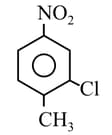EASY
Earn 100
Sulphonation in benzene is an example for electrophilic substitution reaction.
(a)True
(b)False
50% studentsanswered this correctly
Important Questions on Hydrocarbons
EASY
EASY
In the following reactions

and , respectively, are:
EASY

MEDIUM

EASY
The compounds and in the following reaction are, respectively:

MEDIUM
Among the following, the reaction that proceeds through an electrophilic substitution, is:
EASY
HARD
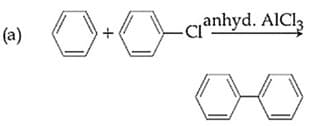
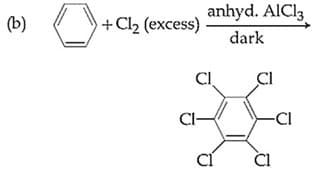
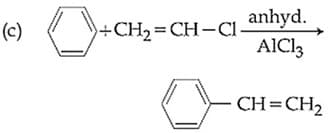
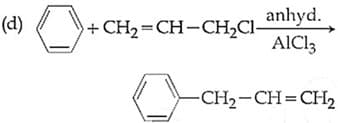
Which of these reactions are possible?
HARD
MEDIUM
The major product of the following reaction is:

MEDIUM
The major product obtained in the given reaction is:

EASY
MEDIUM
HARD

MEDIUM
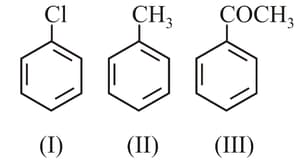
HARD
In the reaction scheme shown below, and are the major products.
 The correct structure of
The correct structure of
HARD
In the following reaction sequence the major products and are :

MEDIUM
EASY
EASY
The correct IUPAC name of the following compound is:
